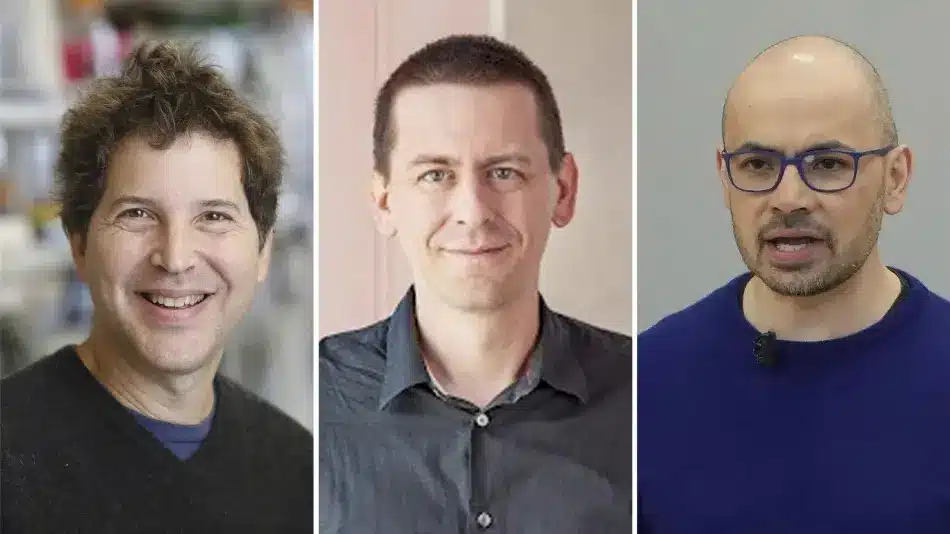David Baker, Demis Hassabis, and John Jumper were awarded the 2024 Nobel Prize in Chemistry on Wednesday (October 9, 2024). Hassabis and Jumper were given awards “for the prediction of protein structure,” while Baker was given recognition “for the computational design of proteins,” according to the Nobel Assembly at the Karolinska Institute in Sweden.
American David Baker will receive half of the 11 million Swedish kronor ($1 million) prize, with the other half being split between Britain’s Demis Hassabis and American John Jumper.
In a statement, the Nobel Committee said Baker “succeeded in the nearly impossible feat of constructing entirely new types of proteins.” Hassabis and Jumper developed an AI model “to solve a 50-year-old problem: predicting complex protein structures. These discoveries have enormous potential.”

The Nobel Committee stated that in 2003, Baker managed to use building blocks of amino acids to design “a new protein that was unlike any other protein.” Since then, “his research group has produced one imaginative protein creation after another.” These proteins could be used as pharmaceuticals and vaccines, for example.
The Nobel Committee revealed in an article in X that Baker utilized his own computer program, Rosetta. When the scientist made the Rosetta code public, “a global research community” was able to work on improving the program and discovering new uses for it.
Baker’s lab has been working on creating new proteins, some of which may find application in vaccines, pharmaceutical nanomaterials, and microsensors.
Since the 1970s, scientists have attempted to predict protein structures from amino acid sequences, “but this was notoriously difficult,” according to a statement from the Nobel Committee. Still, “a stunning breakthrough” occurred four years ago.
In 2020, Hassabis and Jumper introduced an AI model called AlphaFold2. “They were able to predict the structure of virtually all of the 200 million proteins that researchers had identified.”
Over 2 million users across 190 countries have already adopted AlphaFold2. “Among a myriad of scientific applications, researchers can now better understand antibiotic resistance and image enzymes that can break down plastic,” according to the Nobel Committee.
Also Read: Elon Musk running for the Nobel Peace Prize!
Also Read: Nobel Peace Prize winner takes over as interim government in Bangladesh


